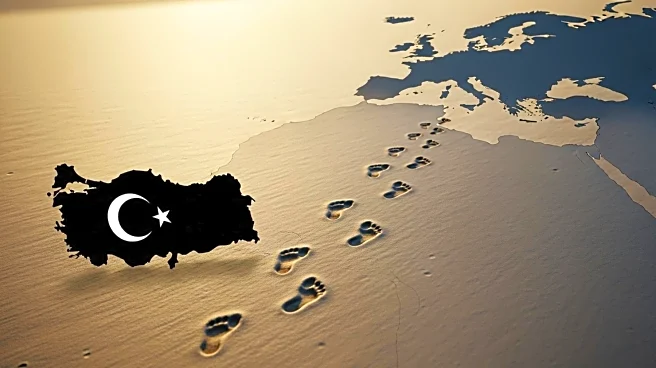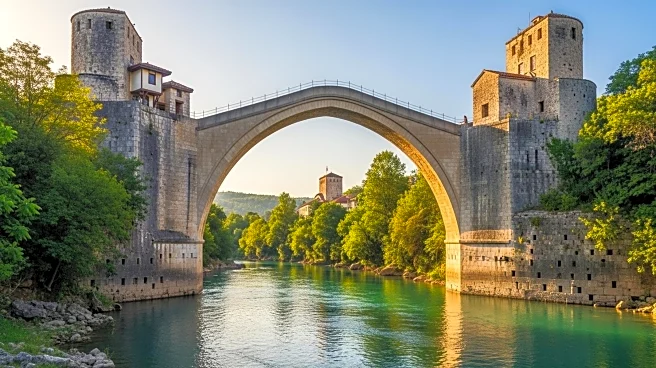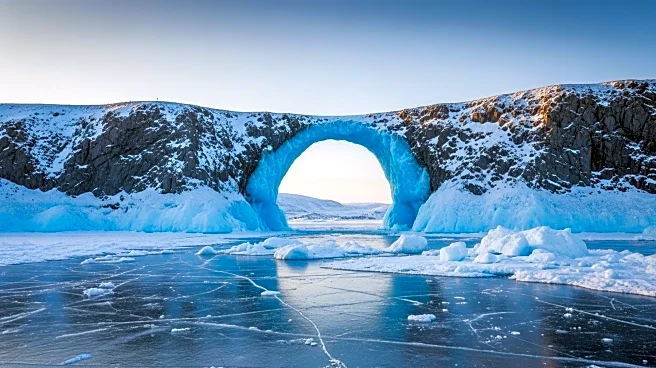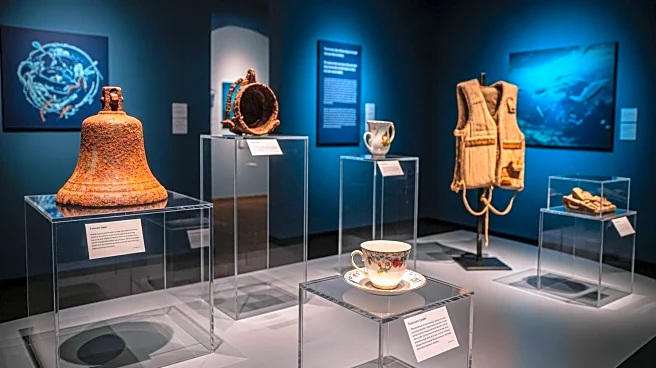What's Happening?
A recent archaeological study has uncovered 138 artifacts at ten sites around Ayvalık in western Turkey, potentially rewriting the history of early human migrations into Europe. The findings suggest that early humans may have traversed a now-submerged land bridge across the Aegean Sea from Turkey to mainland Greece during the Pleistocene period, which ended about 12,000 years ago. This discovery provides the first systematic dataset from a region previously unexplored in the context of Pleistocene archaeology. The tools found, including those from the Levallois tradition, indicate a new route into Europe for early humans, alongside known paths through the Levant and Balkan regions. The study, led by Hande Bulut of Düzce University, highlights Ayvalık as a promising site for future research on early human dispersals in the northeastern Aegean.
Why It's Important?
The discovery of these artifacts in Turkey is significant as it challenges existing theories about early human migration routes into Europe. By suggesting an alternative path via a land bridge across the Aegean Sea, this research could reshape our understanding of human dispersal patterns during the Pleistocene era. The implications extend to broader debates on Aegean connectivity and technological evolution during this period. This new evidence may influence archaeological and anthropological studies, prompting further exploration and potentially leading to new insights into the history of human migration and interaction with Neanderthals.
What's Next?
Future research is likely to focus on further excavations in the Ayvalık region to uncover more artifacts and establish a clearer timeline of human activity. Researchers may also explore other submerged areas in the Aegean Sea to identify additional migration routes. The findings could lead to collaborations between international archaeological teams to reassess migration theories and explore the technological evolution of early humans. Additionally, advancements in dating techniques may help overcome the challenges posed by the region's dynamic coastal geology, providing more precise age estimates for the artifacts.
Beyond the Headlines
The discovery raises intriguing questions about the adaptability and resilience of early humans in response to changing environmental conditions, such as fluctuating sea levels during the Ice Age. It also highlights the potential for submerged landscapes to reveal hidden aspects of human history, emphasizing the importance of underwater archaeology. The findings may contribute to discussions on the cultural and technological exchanges between early human populations and Neanderthals, offering insights into the development of tools and survival strategies.










